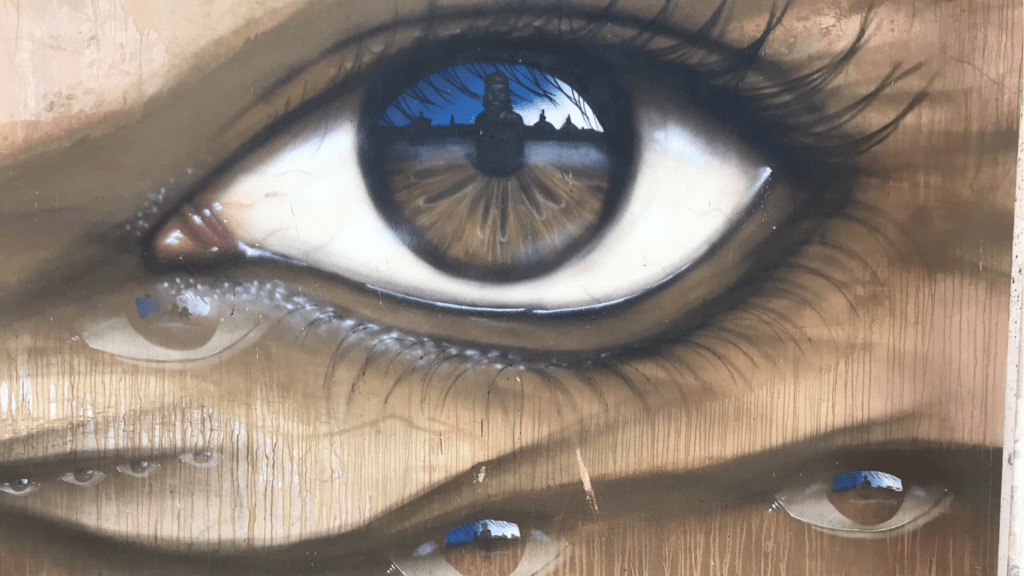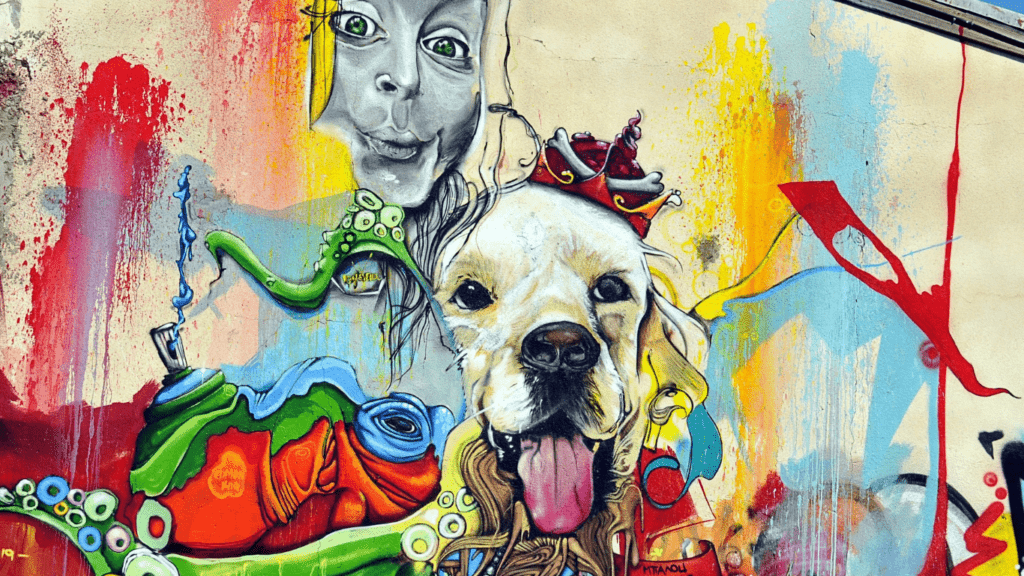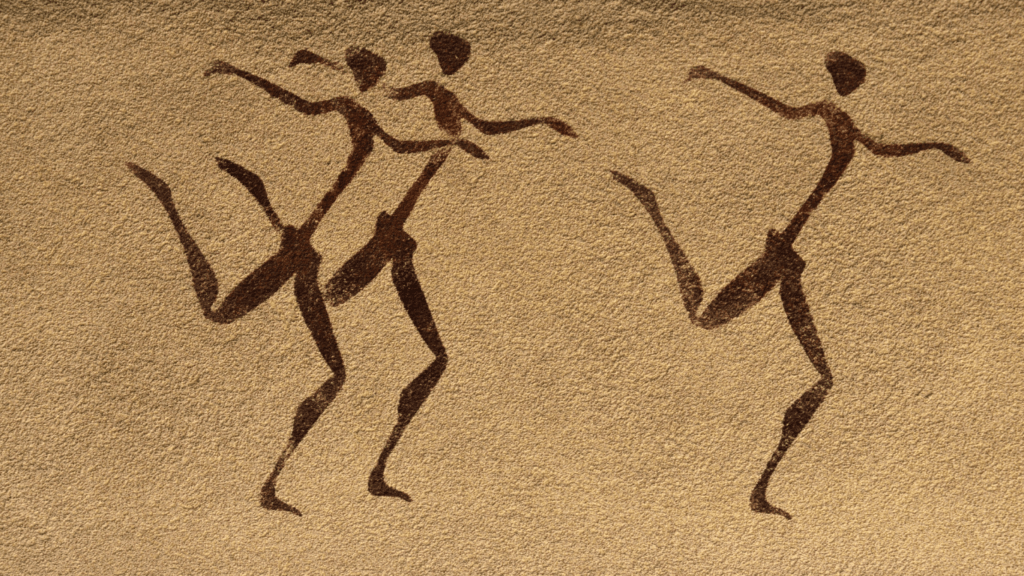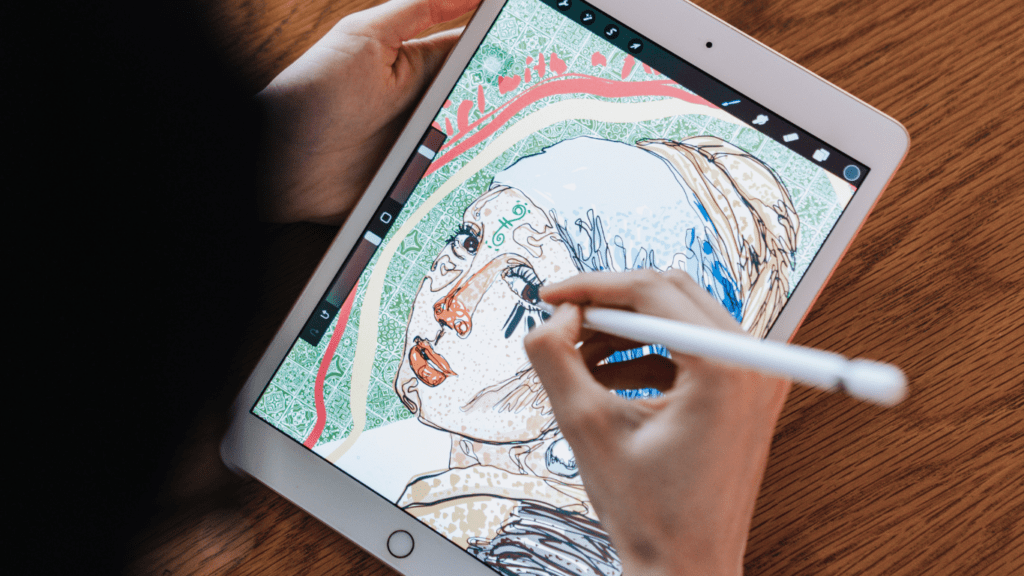Understanding Surrealism
Surrealism, born in the early 1920s, continues to shape artistic practices today. It challenges perceptions by merging the real with the fantastical.
Origins and Key Figures
Surrealism originated as a literary movement led by André Breton, who published the first Surrealist Manifesto in 1924. Breton, a former Dadaist, sought to transcend reality by accessing the unconscious mind. Influential artists like Salvador Dalí, René Magritte, and Max Ernst deeply impacted the movement. Dalí’s “The Persistence of Memory” and Magritte’s “The Son of Man” became iconic symbols of surrealist art, blending dreamscapes with everyday scenes. Ernst, known for his pioneering techniques, such as frottage and grattage, crossed traditional boundaries to create extraordinary art forms.
Core Principles and Techniques
Surrealism’s core principles revolve around exploring the unconscious mind, dream states, and irrational juxtapositions. Artists use techniques like automatism to bypass conscious thought, producing spontaneous works. For example, André Masson employed automatic drawing, allowing his hand to move freely on the paper. This technique’s goal is to tap into the artist’s subconscious, creating unplanned, raw imagery. Other methods include juxtaposition, where unrelated objects are placed together to provoke thought, exemplified in works like Joan Miró’s abstract puzzles and Yves Tanguy’s alien landscapes, which merge the familiar with the strange.
The Evolution of Surrealism
Over the years, Surrealism has transformed, adapting its core principles to fit new artistic mediums and evolving cultural contexts. This natural progression demonstrates the movement’s resilience and ongoing relevance in the art world.
Surrealism in the 20th Century
In the latter half of the 20th century, Surrealism continued its influence on various art forms. Artists started incorporating surrealist techniques in films, literature, and theater. Director Luis Buñuel’s movies, like “Un Chien Andalou,” featured irrational sequences and startling imagery.
Surrealism’s impact also extended to literature, with authors like Haruki Murakami weaving surreal elements into their narratives. This period saw surrealist artists experimenting with new media, from photography to performance art, further expanding the movement’s reach.
Transition into Contemporary Art
Contemporary artists have seamlessly integrated surrealist elements into their works, driven by the movement’s foundational techniques. Digital art platforms and tools allow artists to create highly intricate and otherworldly scenes, exemplified by creators like Beeple who employ surreal aesthetics in their digital pieces.
Street art serves as another avenue where surrealism thrives. Artists like Banksy use surreal juxtapositions to communicate socio-political messages, blending the uncanny with the familiar to provoke thought. By embracing new technologies and media, contemporary artists keep the spirit of Surrealism alive, ensuring its concepts remain vibrant and influential.
Surrealism’s Influence on Modern Art

Surrealism’s impact on modern art is profound and pervasive. Contemporary artists draw from its rich legacy, infusing their works with surreal elements that captivate and challenge audiences.
Prominent Contemporary Artists Inspired by Surrealism
Many contemporary artists reflect Surrealist influence in their creations.
- Beeple (Mike Winkelmann): Creates digital art using surreal elements, blending fantasy and reality.
- Banksy: Fuses street art with surrealism, often creating thought-provoking murals.
- Mariko Mori: Integrates surrealism in multimedia installations, exploring themes of spirituality and science fiction.
- Cindy Sherman: Uses photography to create surreal, staged self-portraits that question identity and reality.
- Takashi Murakami: Merges traditional Japanese art with surrealist elements, producing vibrant and often fantastical works.
Examples of Surrealist Techniques in Modern Works
Contemporary art frequently employs surrealist techniques to explore new realms.
- Automatism: Artists like Jackson Pollock used this method, allowing the subconscious to guide their creative process.
- Juxtaposition: Surrealism inspired mixing unrelated images, as seen in the works of digital artists like Beeple, who combine futuristic and classical elements.
- Dream Imagery: Many contemporary pieces, like those by Salvador Dalí, utilize dream-like visuals to evoke emotional intensity.
- Dislocation: Artists such as David Lynch use dislocation in film to create unsettling, surreal narratives, blurring reality and fantasy.
Surrealism in Various Art Forms
Surrealism’s versatility allows it to thrive across multiple art forms. Its influence spans visual arts, film, media, literature, and poetry.
Visual Arts
Moving beyond traditional paintings, surrealism extends to digital art, sculpture, and photography. Artists like Takashi Murakami use vivid colors and distorted proportions to create surreal pieces. In photography, Cindy Sherman employs dreamlike scenarios to critique societal norms, while digital artists like Beeple leverage surreal elements to craft immersive virtual landscapes.
Film and Media
Surrealism profoundly impacts film and media, shaping narratives and visual styles. Directors like David Lynch use surreal techniques to build enigmatic atmospheres. Lynch’s film “Eraserhead” merges dream logic with eerie visuals. In media, surrealism influences music videos and commercial advertising. Music videos by Björk incorporate surreal imagery, blending fantasy with reality effectively.
Literature and Poetry
Surrealism’s profound impact on literature introduces unconventional storytelling. Writers like Haruki Murakami blend the mundane with the fantastical, creating surreal narratives. Poetry also embraces surrealism, employing free association and vivid imagery. Poets such as André Breton and Paul Eluard use these techniques to explore deeper aspects of the human psyche in their work.
The Future of Surrealism in Contemporary Art
Surrealism continues to grow in contemporary art, evolving and adapting to modern contexts. The movement’s influence is visible in the works of many emerging artists.
Emerging Artists and Movements
Numerous emerging artists incorporate surrealistic elements into their art. Artists like Julie Curtiss and Tetsuya Ishida use dream-like imagery combined with everyday scenes. Julie Curtiss uses a striking visual style to create thought-provoking compositions that challenge conventional narratives. Tetsuya Ishida’s works often blur the lines between reality and fantasy, featuring figures in surreal settings.
New movements have also sprung from Surrealism’s principles. For instance, the Pop Surrealism movement, also known as Lowbrow Art, melds quirky pop culture references with surrealistic tendrils. Artists in this genre, like Mark Ryden and Camille Rose Garcia, create fantastical worlds that are both whimsical and unsettling.
Technological Integration and Surrealism
Technological advancements play a significant role in the future of Surrealism. Artists now employ digital tools to push the boundaries of surreal imagery. Digital artist Mike Winkelmann, known as Beeple, creates illustrations and animations that blend surrealism with cutting-edge technology.
Virtual reality also opens new possibilities for surreal experiences. VR art immerses viewers in entirely new worlds, making Surrealism more interactive. Pioneers like Jonathan Monaghan create VR experiences that transcend the physical limitations of traditional media, offering a new dimension to the surreal aesthetic.
By leveraging emerging technologies, contemporary artists explore deeper layers of the unconscious mind and present them innovatively, keeping the spirit of Surrealism alive in the digital age.





